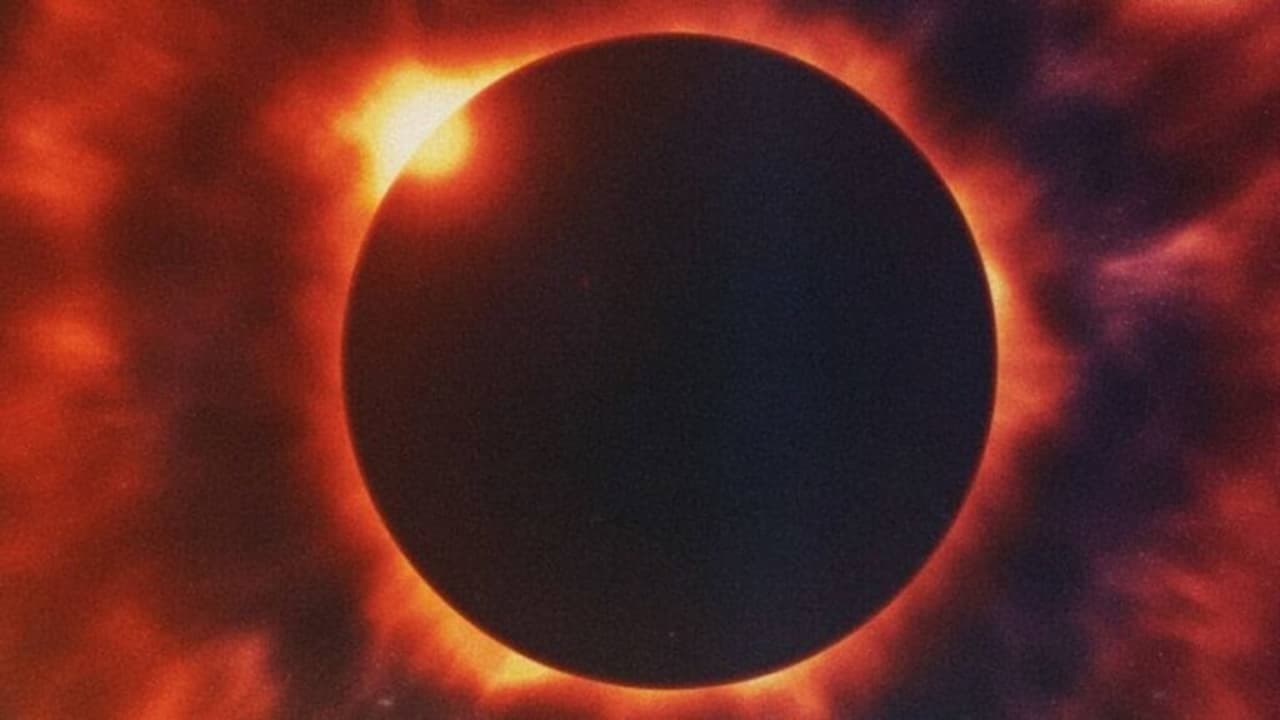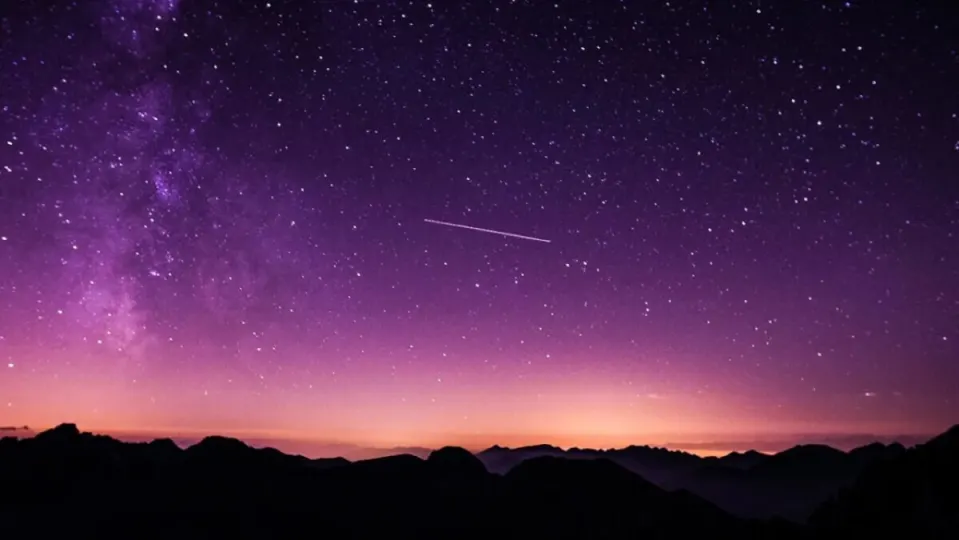These days we are celebrating the International Dark Sky Week, an annual event dedicated to night sky enthusiasts that serves to raise awareness about light pollution in the world. The artificial light that floods our cities makes it very difficult for us to observe astronomical phenomena of great beauty, such as meteor showers or the close passage of a comet.
There are many events that we will be able to experience this year in the night sky, including meteor showers (or meteor showers), supermoons and even several solar eclipses. If you are interested in witnessing these types of events, here are the details of when they can be seen.
Meteor showers
Meteors are pieces of dirt, ice and dust that are detached from comets or asteroids orbiting the Solar System. In its movement around the Sun, the Earth crosses with clouds of space dust in which these pieces are found, which eventually enter the Earth’s atmosphere and disintegrate due to friction.

This year we will be able to see four meteor showers, popularly known as “meteor showers”, which are the following:
- Lyrids: this star shower can be seen this week, from the night of April 21 until the dawn of April 22, which will be its peak. That night there will be a New Moon, so the light from the satellite will not affect visibility.
- Eta Aquarids: considered the most important star shower of the spring, it will be visible from the night of May 5 until the dawn of May 6, its peak. The meteors come from Halley’s Comet, the comet that is seen by the Earth approximately every 75 years. That night there will be a full moon, so the light from the satellite may affect visibility.
- Perseids: perhaps the most famous star shower. It will take place between the night of August 12 and the dawn of August 13, its peak. That night there will be a Waning Moon, almost New Moon, so there should not be much light to affect visibility.
- Geminids: the last star shower of the year. It will be visible between the night of December 13 and the early morning of December 14. The meteors come from the asteroid 3200 Phaeton. That night there will be a New Moon, so the light from the satellite will not affect visibility.
Supermoons
Due to the Moon’s elliptical orbit around the Earth, it can appear to be much larger than normal at very specific times, known as “supermoons”. Since this phenomenon is produced by the lunar orbit, it is easy to predict when we will have the opportunity to contemplate the Moon in all its splendor and with a more intense brightness.

There are four supermoons that we will be able to see this year, and each of them has a name. These are:
- Deer Moon: visible on July 3.
- Sturgeon Moon: visible on August 1.
- Blue Moon: visible on August 31.
- Harvest Moon: visible on September 29.
Solar eclipses
Solar eclipses are perhaps the most striking phenomena, both for their rarity and for the particularity that our Sun is “covered” for a few minutes, becoming night in the middle of the day.

There are two solar eclipses that will take place this year, and neither will be visible in Spain (we will have to wait until 2026 for the next one). These are:
- Hybrid solar eclipse: this April 20 will take place a rare hybrid eclipse that occurs very few years. The eclipse, which will only be visible in Western Australia, East Timor and West Papua, will start as an annular eclipse (with a characteristic “ring of fire”) to become a total eclipse in a matter of minutes. After that, it will briefly return to annular and, in a few seconds, the eclipse will end.
- Annular solar eclipse: On October 14, a single annular eclipse will be visible in the United States in areas from Oregon to Texas. U.S. fans will be able to see the striking “ring of fire” that will form when the Moon partially covers the Sun, exposing the “edges” of the star.
Some of the links added in the article are part of affiliate campaigns and may represent benefits for Softonic.


